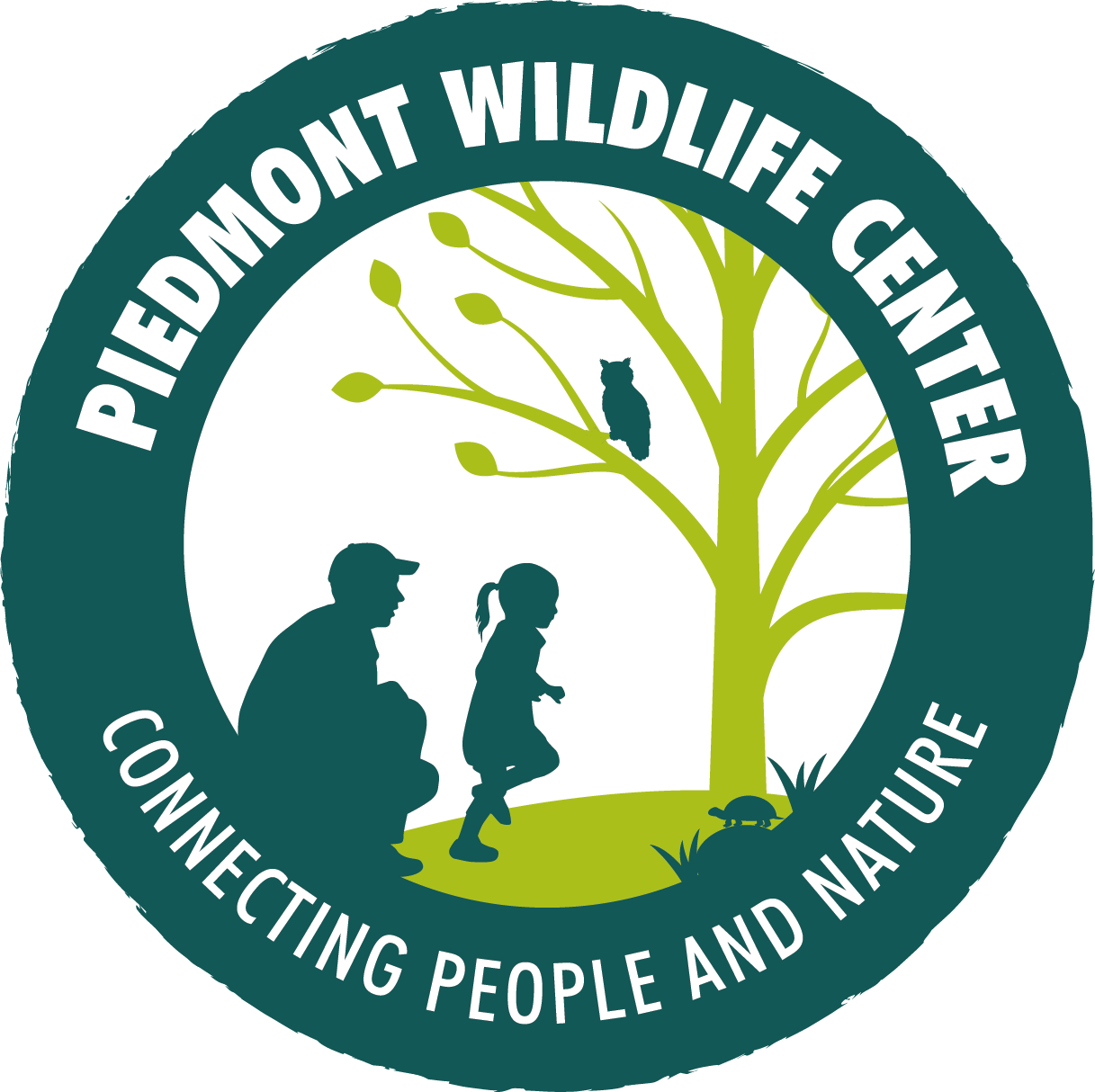Bloodroot, Sanguinaria canadensis. Photo by Karen McCall.
Spring is coming to the North Carolina Piedmont - which means the return of trout lily, spring-beauty, and other spring ephemerals! In this series by Executive Director Karen McCall, we explore the wonder of spring wildflowers and celebrate the launch of our new native plant fundraiser through Garden for Wildlife.
I would love to introduce you to some plants I have been anticipating for several weeks. One is trillium, Trillium cuneatum, sometimes known as Little Sweet Betsy. It popped out this past week! The flowers haven’t opened up yet, but its three classic variegated (two-colored) leaves have spread out like an umbrella.
I try to imagine being one of these spring ephemerals, using the energy from my rhizome (a modified stem underground with nodes where roots and leaves are formed) to push the grains of soil away when I feel the ground warm and relax. Testing the looseness of the soil, I decide it is time to stretch and break free. My leaves unfurl providing cover for a toad perhaps, while I reach for the sky with my bud, gathering sunlight making food so I can flash my showy maroon flower to all types of passersby. Ants are great at helping spread my seeds once they are pollinated.
The other plant I have been looking for for weeks is bloodroot, Sanguinaria canadensis. Like trillium, bloodroot also has a rhizome rather than an actual root. It gets its name from the reddish color when its rhizome is cut open. While bloodroot is highly poisonous, it has been (and is still today) carefully used in herbal medicine to treat many ailments. It can also produce a beautiful orange or pink dye.
Bloodroot’s single white flower comes out of a bud that reminds me of a cartoon spaceship or a miniature green cigar. Sometimes, the stem and bud rise before its single leaf, which emerges perpendicular to the ground and resembles a multi-fingered, leathery, wrinkled hand protecting the flower. As with trillium, ants also help spread bloodroot seeds.
Native plants like trillium and bloodroot are often overlooked by gardeners, but they add so much beauty and drama to a yard. They also require less water and maintenance, and provide native wildlife with a reliable source of food and shelter.
Interested in adding some native plants to your yard this spring? Piedmont Wildlife Center has partnered with Garden for Wildlife by National Wildlife Federation to help you do just that! 15% of each purchase you make through our referral link will be donated directly to Piedmont Wildlife Center to help us connect more people with nature.
Beautify your yard, help local wildlife, and support nature education by purchasing native plants through our Garden for Wildlife fundraiser! Get started here - and stay tuned for more Plant Magic soon.








